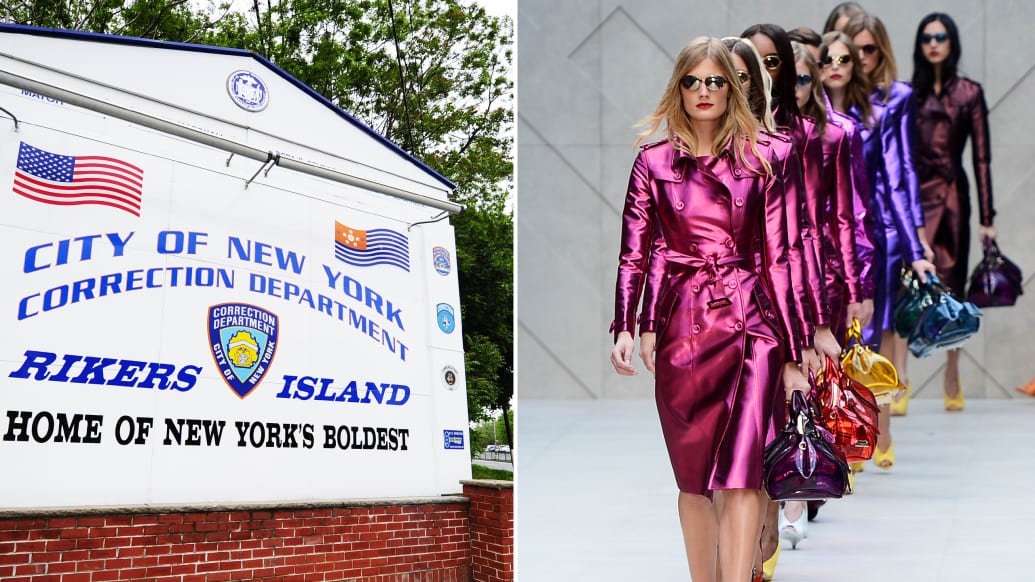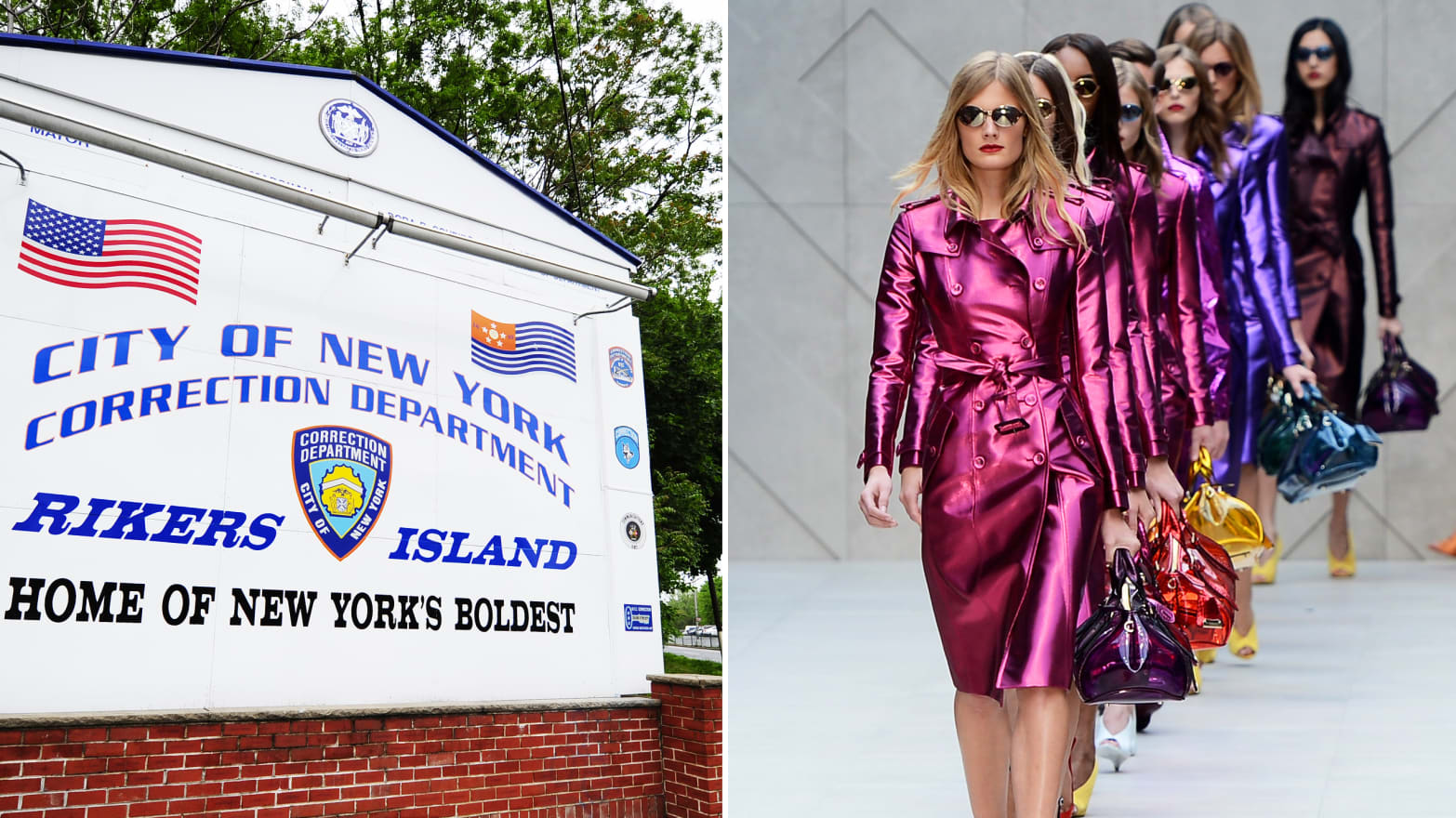
Standard-issue prisoners’ uniforms have taken hold of the runways in recent years, with their utilitarian influence popping up in collections from Dior and Stella McCartney. But it might surprise you to hear that the relationship works both ways: fashion has taken hold in jail, too. A class titled “Fashion Theory” is reportedly a wildly popular course with prisoners at the women’s jail on Rikers Island.
The class, taught by accessories designer, humanitarian, and Project Runway alum Anna Lynett Moss, reaches full capacity every time it’s run. It’s offered through the Prison Education Initiative, which also provides courses like law and hip-hop. “Attendance for classes typically ranges from 6 to 20 students, but for the fashion unit, we got 30 every time,” Moss told grassroots shopping website, Of a Kind. It’s there that Moss speaks with her students about society in relation to the modern fashion industry—assessing everything from Burberry’s recent use of Ghanaian wax-print techniques for their Resort 2012 collection, to photographer Edward Burtynsky’s close examination of the industrial landscapes where fast fashion is manufactured. Explains Moss of Burtynsky’s work, “[it] stood out as a reminder of what kind of conditions must exist in communities in developing nations so that we can buy sweaters for $7 from fast-fashion retailers … Many of my students said they prefer purchasing clothes second-hand, which is a smart alternative.”
The course has also explored racial diversity within the industry. “As a group, we considered the messages we receive from the fashion industry about body image and physical differences,” Moss explained to Of a Kind. They discussed many examples, like comparing The Row’s fall 2012 cast of all-white models with beauty standards in more off-the grid locations—like a National Geographic image of a traditional Maasai bride. “We reminded ourselves that our notions of beauty are inherited and often reveal more about the values of our culture than our individual standards,” Moss said of the discussion. “It didn’t seem as if many of my students had conceptualized their personal standards of beauty in a larger context, so our conversation was very rich.”

